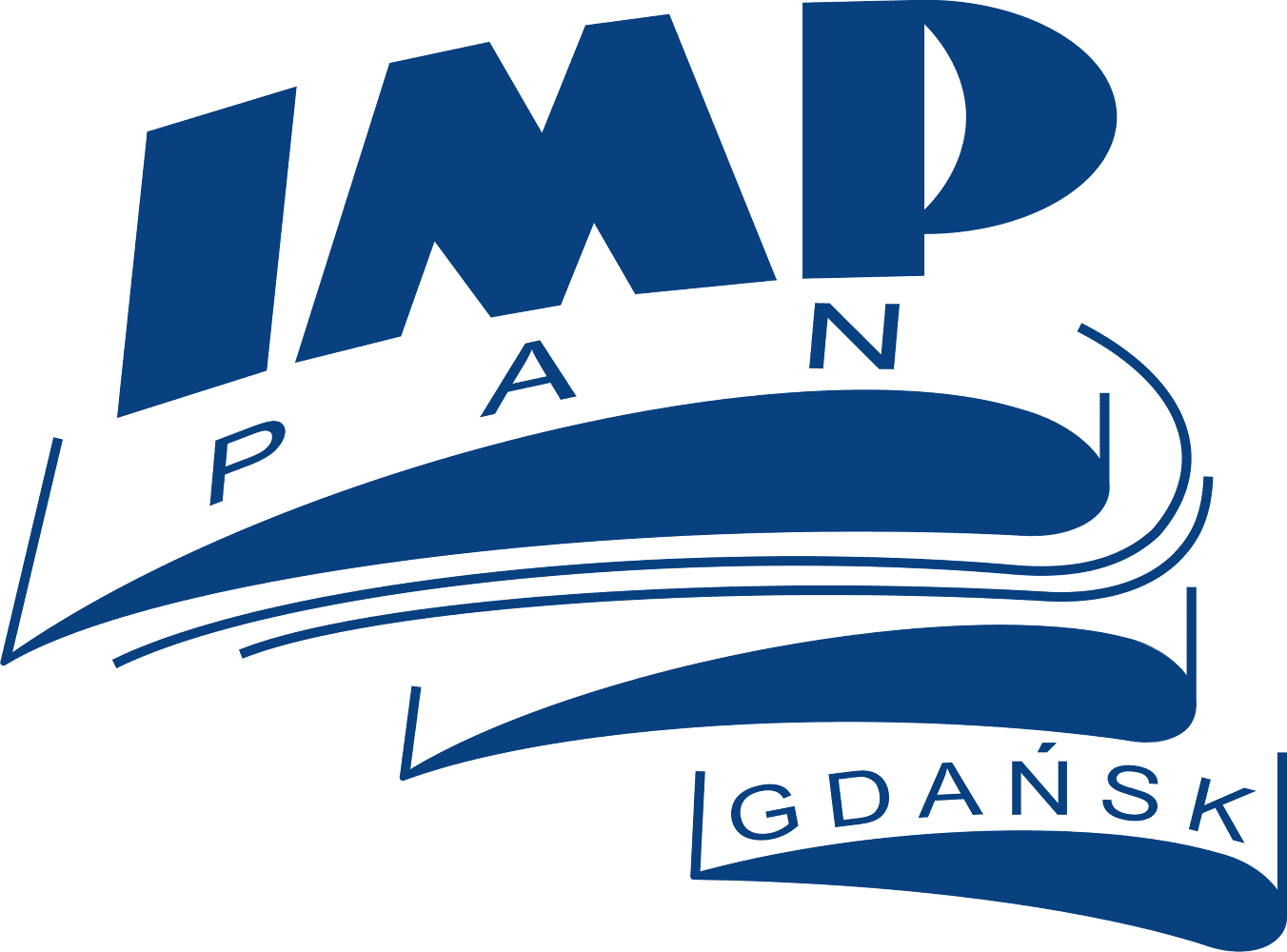Multiphase Flow Department
Multiphase flows commonly occur in industry and environment. Depending on the structure, they can roughly be classified as dispersed or complex (featuring deformable interphasial surfaces). Two-phase flows with the dispersed phase in the form of small inertial particles are encounetred in various devices and systems. Examples include: cyclone separators, pulverised coal burners, spray combustion, as in aircraft jet engines or gas turbines, spray cooling, water treatment systems, spray dryers in chemical and food industry, to name just a few. In geophysical fluid dynamics, the microphysics of cloud droplets, the aerosol transport in the atmosphere, sediment or pollutant transport in waters are studied. Then, situations in biofluid mechanics include curative treatments with pulverised or atomised drug inhalation, and the dynamics of microorganisms, or swimmers) in turbulent water. The generic name `particle' stands here for a separate entity of the dispersed phase, be it a solid particle, a liquid drop, or a gas bubble. On the other hand, gas-liquid or liquid-liquid systems often feature deformable interfaces that need to be resolved or tracked in the flow, accounting for surface tension effects and possible changes of the flow structure, or regime. Examples are: near-wall and pool boiling, bubbly flows, gas-oil-water flows in pipelines, liquid jet atomisation, etc.
Multiphase Direct Numerical Simulation (DNS) of turbulent channel flow. (a) Eulerian-Lagrangian computation of a dispersed system: particles of the Stokes number of 5 (upper) and 25 (lower) in the near-wall layer. (b) The Level Set computation of interfacial flow: bubble train.
In the Multiphase Flow Group of IMP PAN Gdańsk, we deal with both dispersed and complex (interfacial) flows involving different phases or components. We focus on the theoretical and computational developments, also for turbulent flows, using both Lagrangian and Eulerian approaches. Another issues of interest are the thermomechanics of granular/porous media flows and turbulent combustion modelling. For a more detailed account of our activities, see Section “Research”.



















